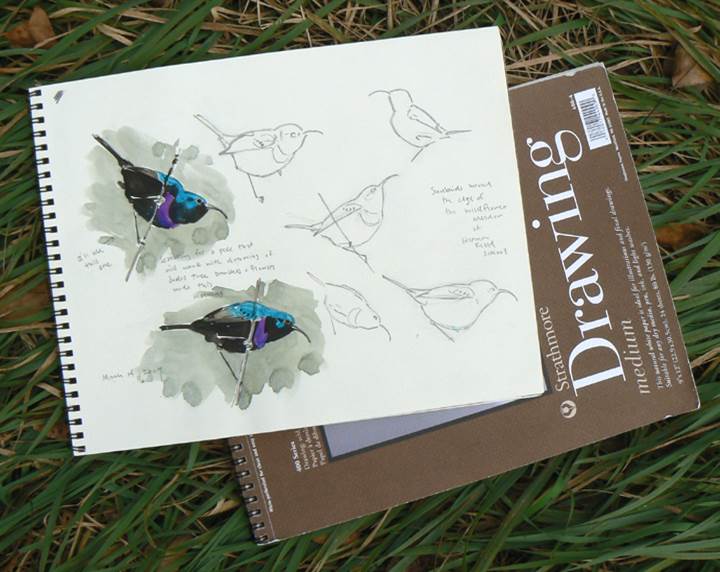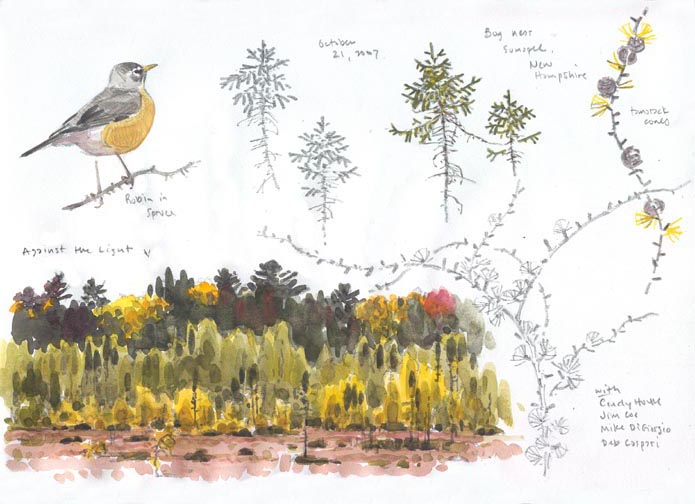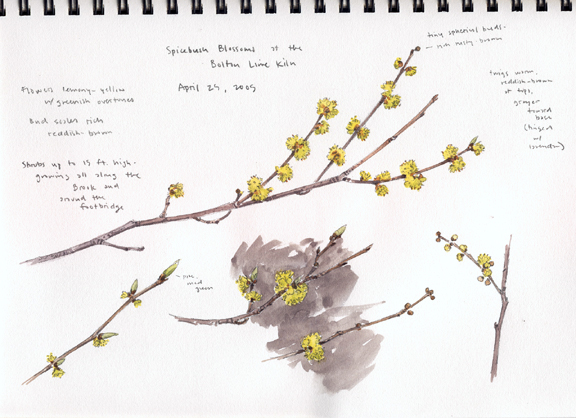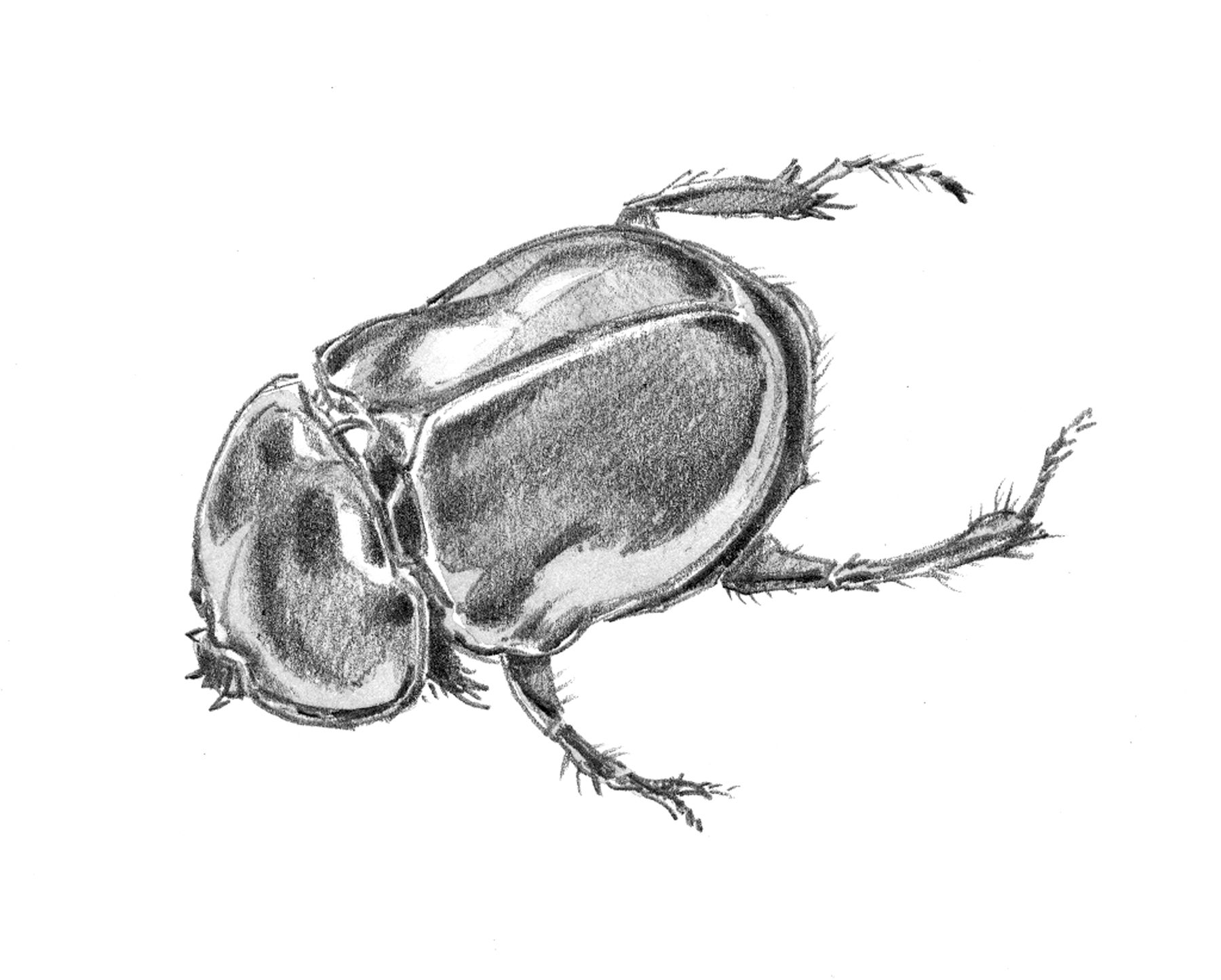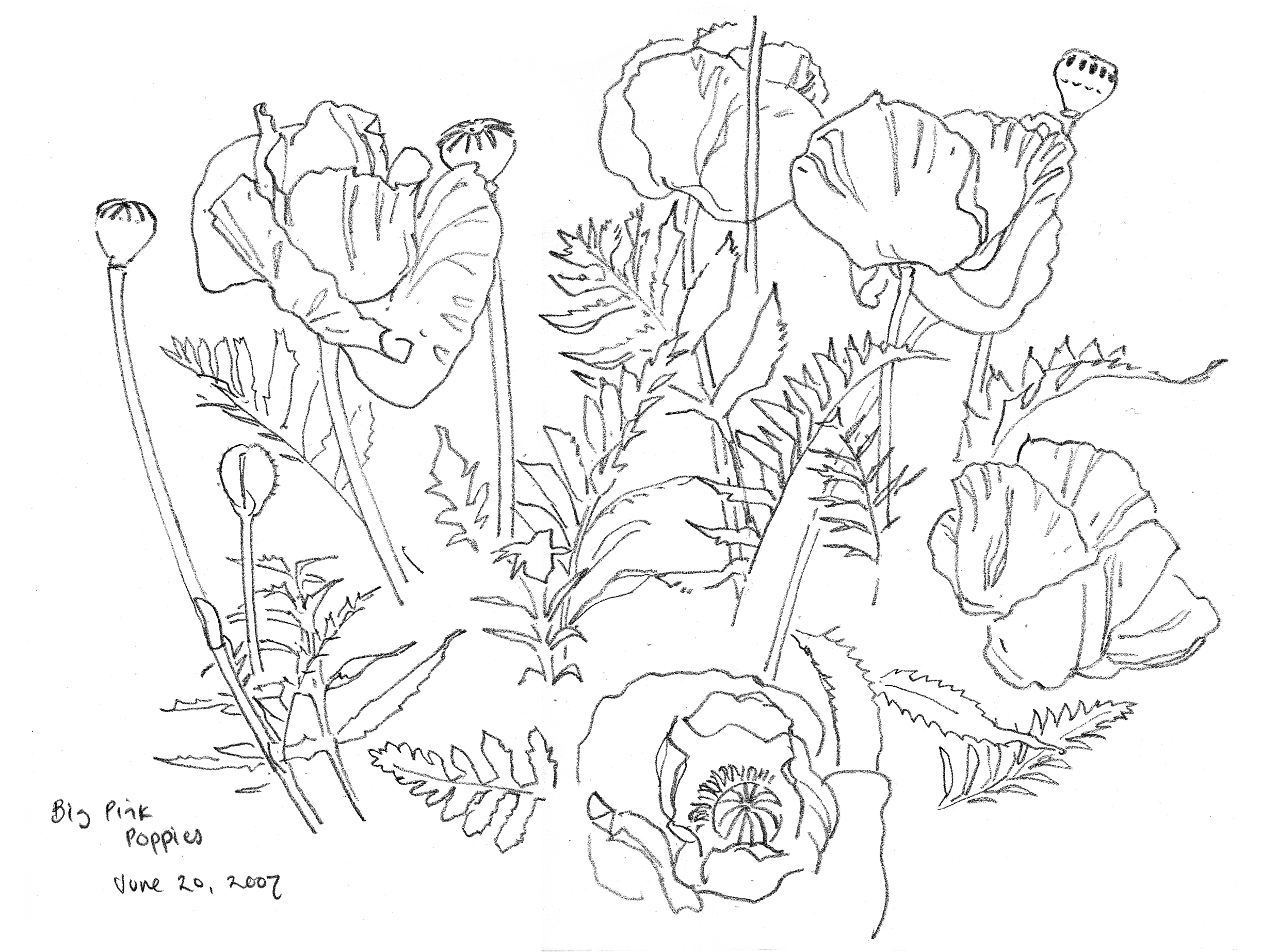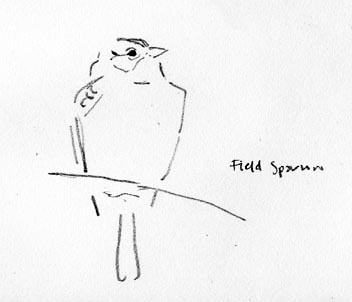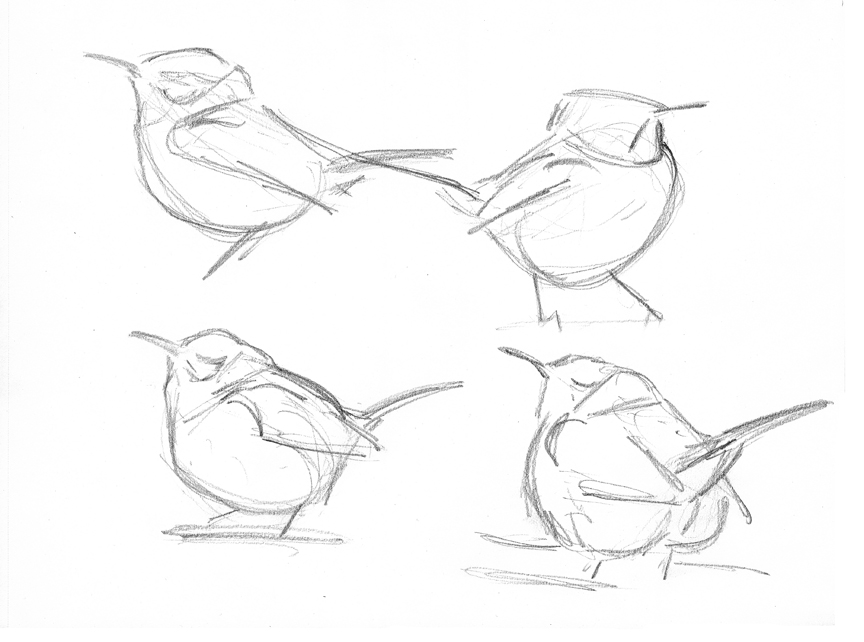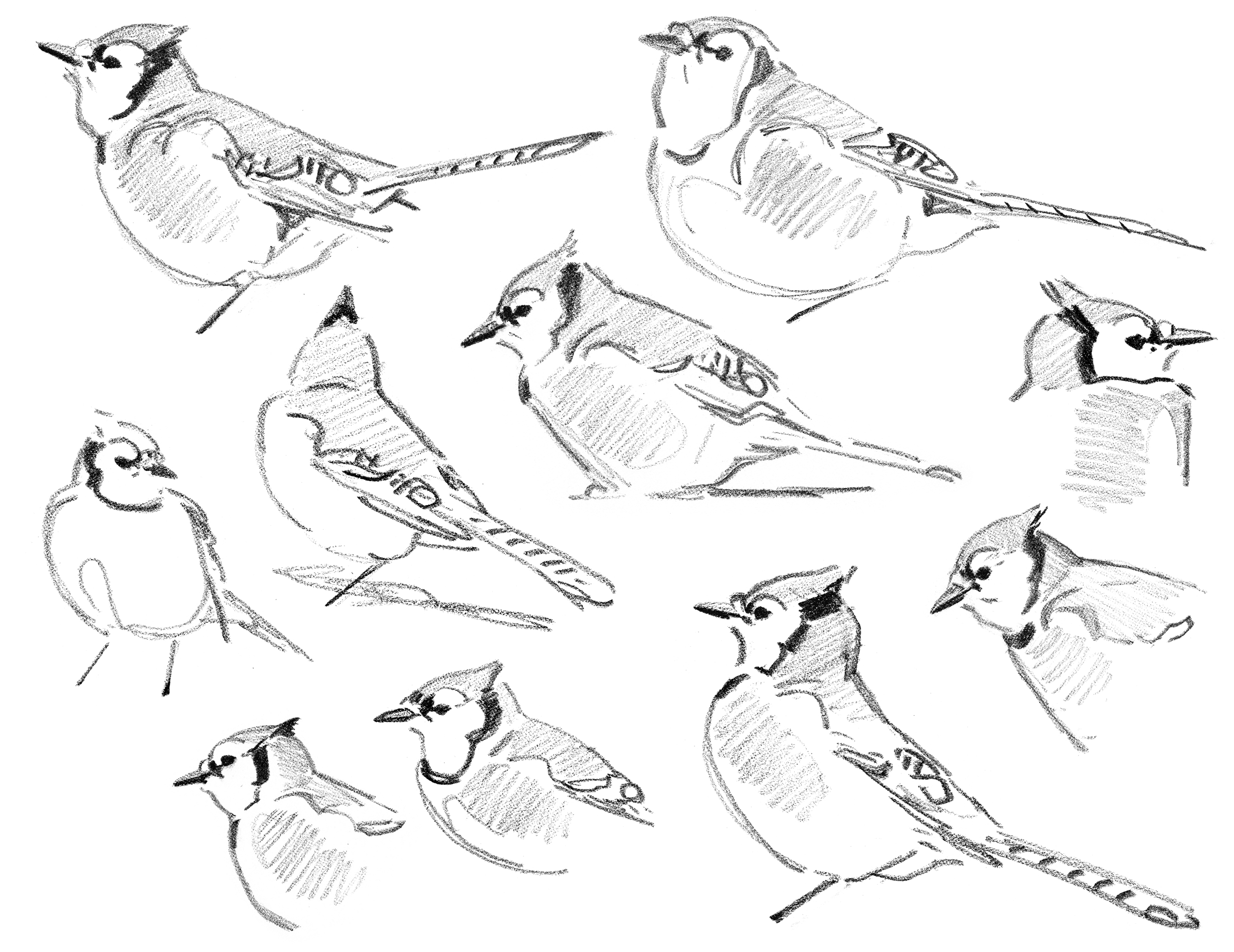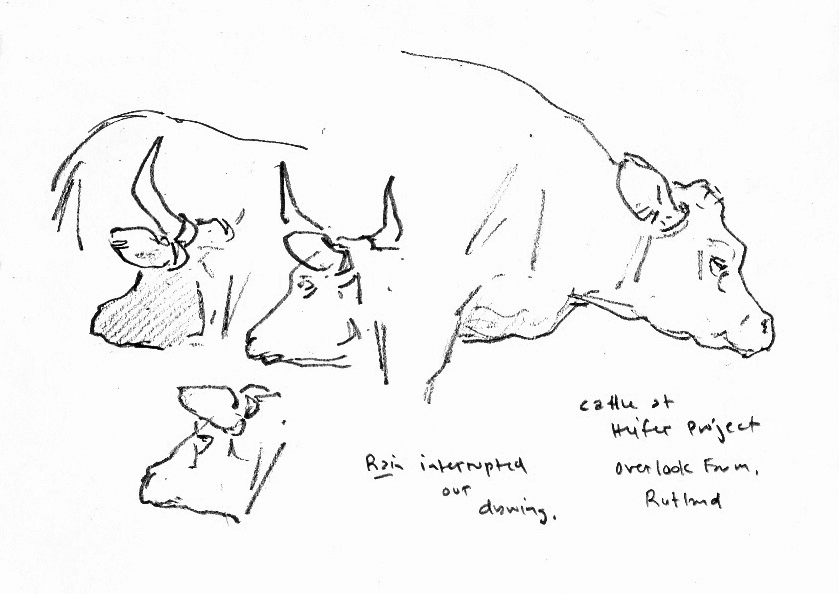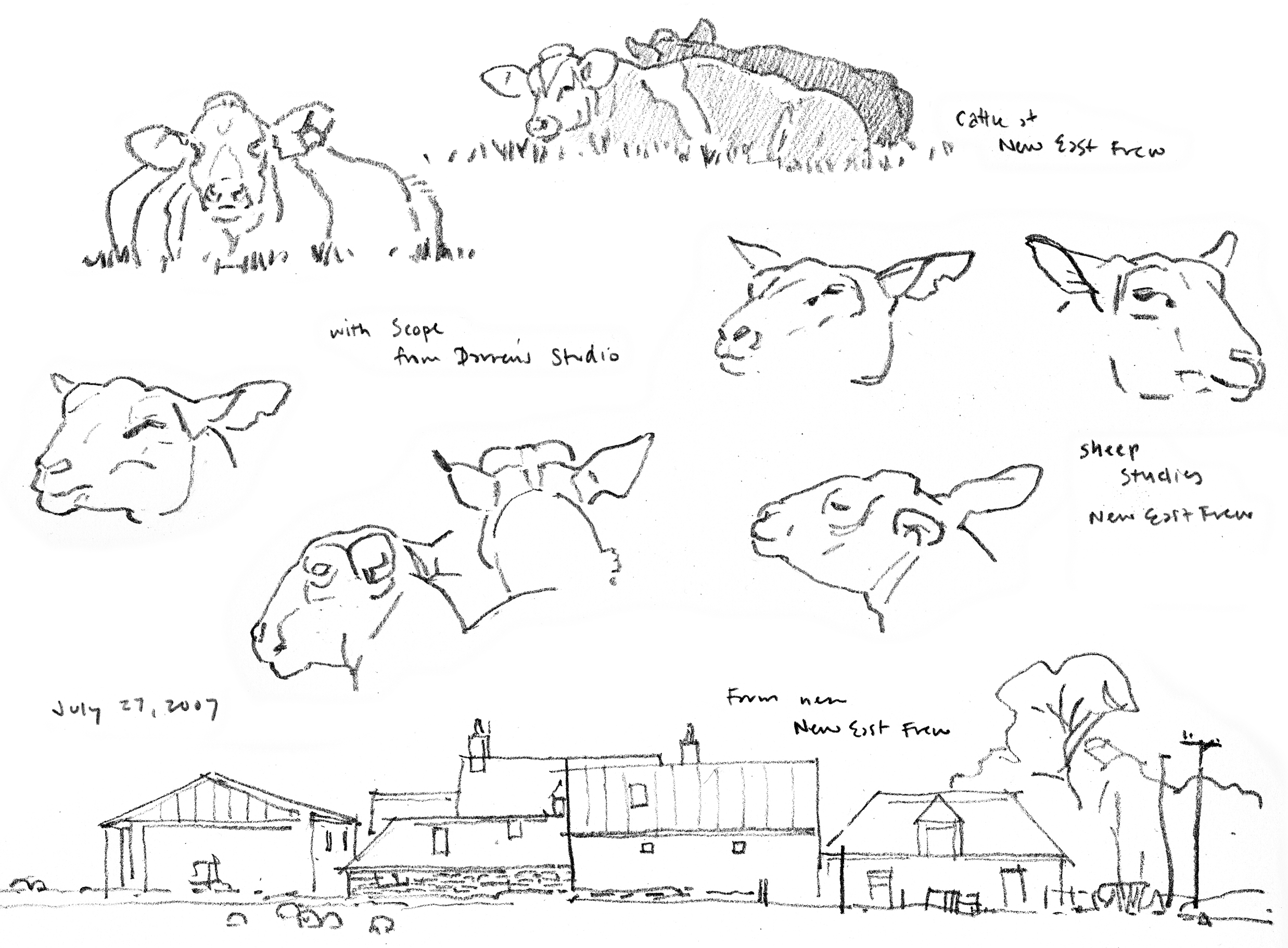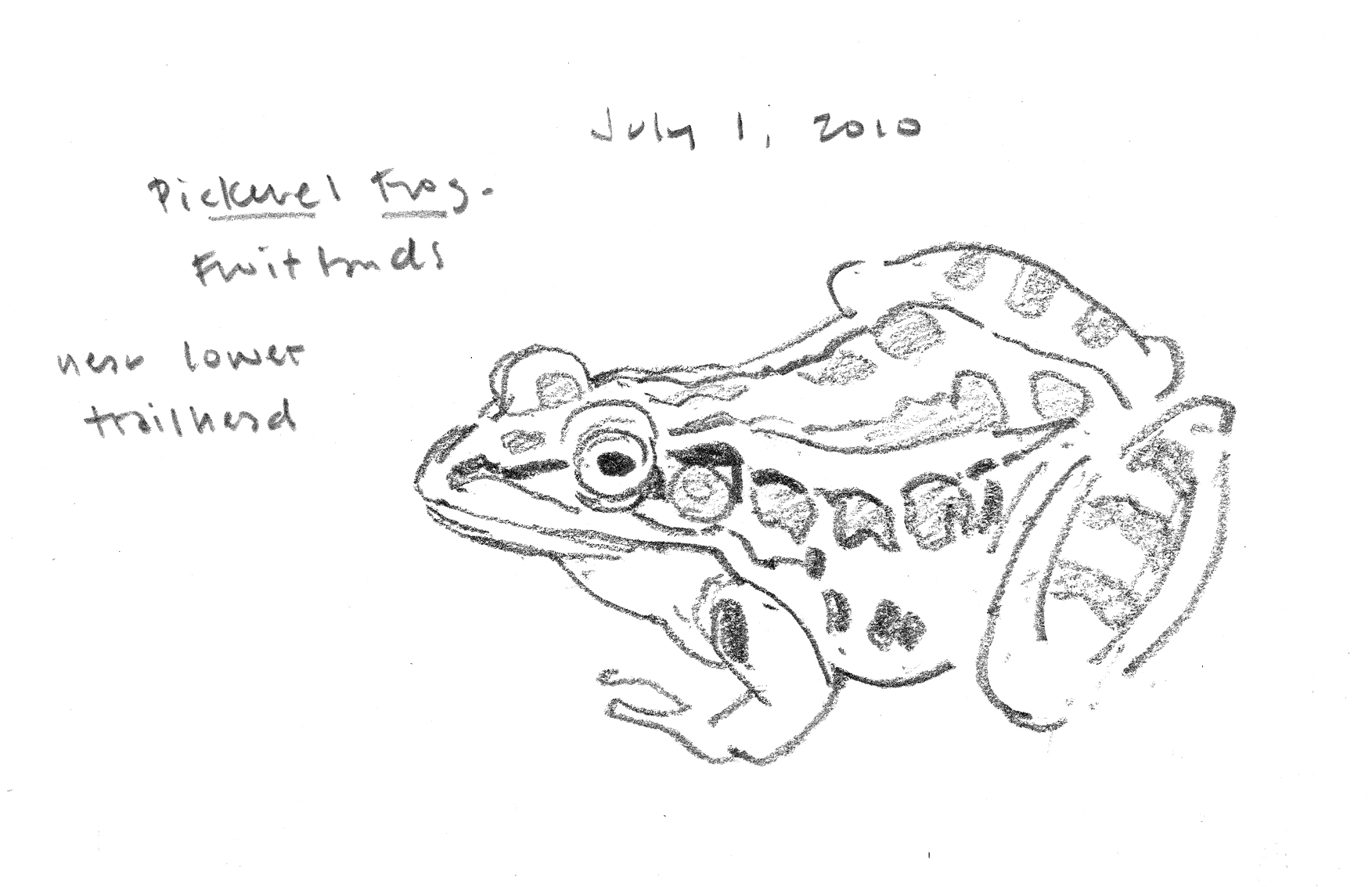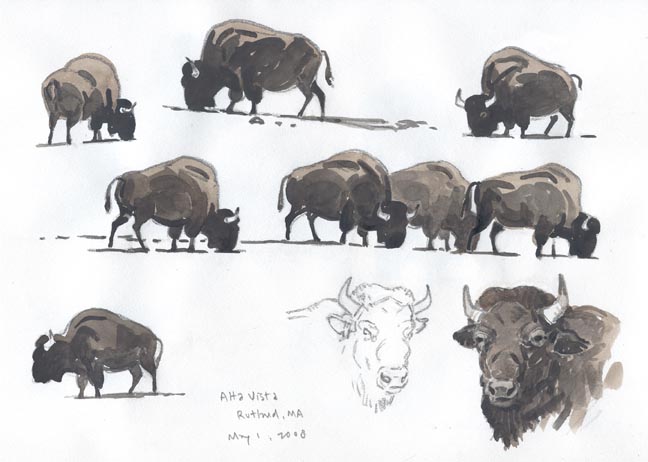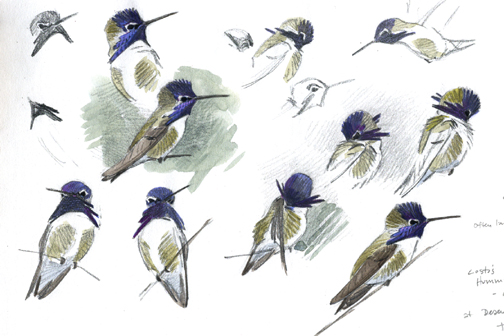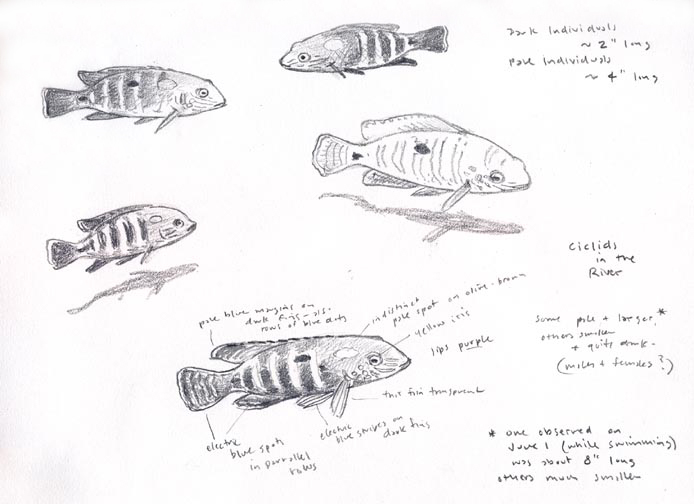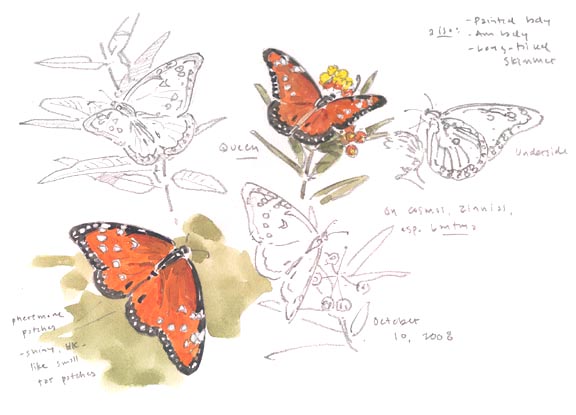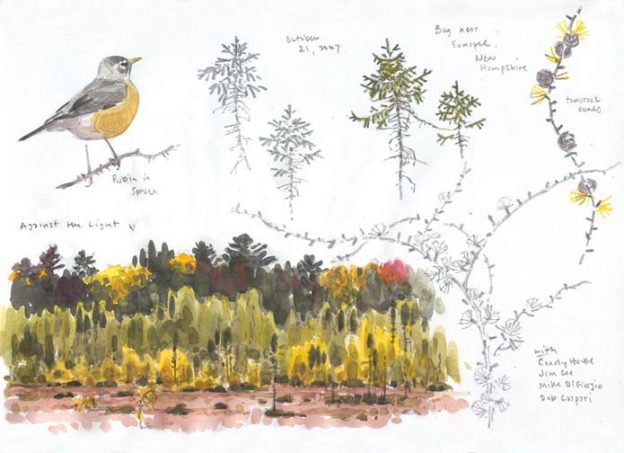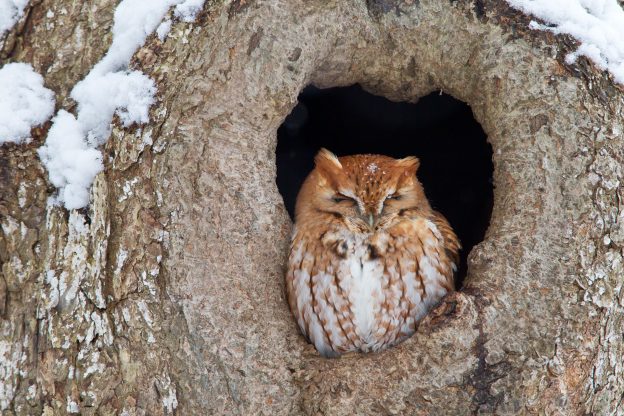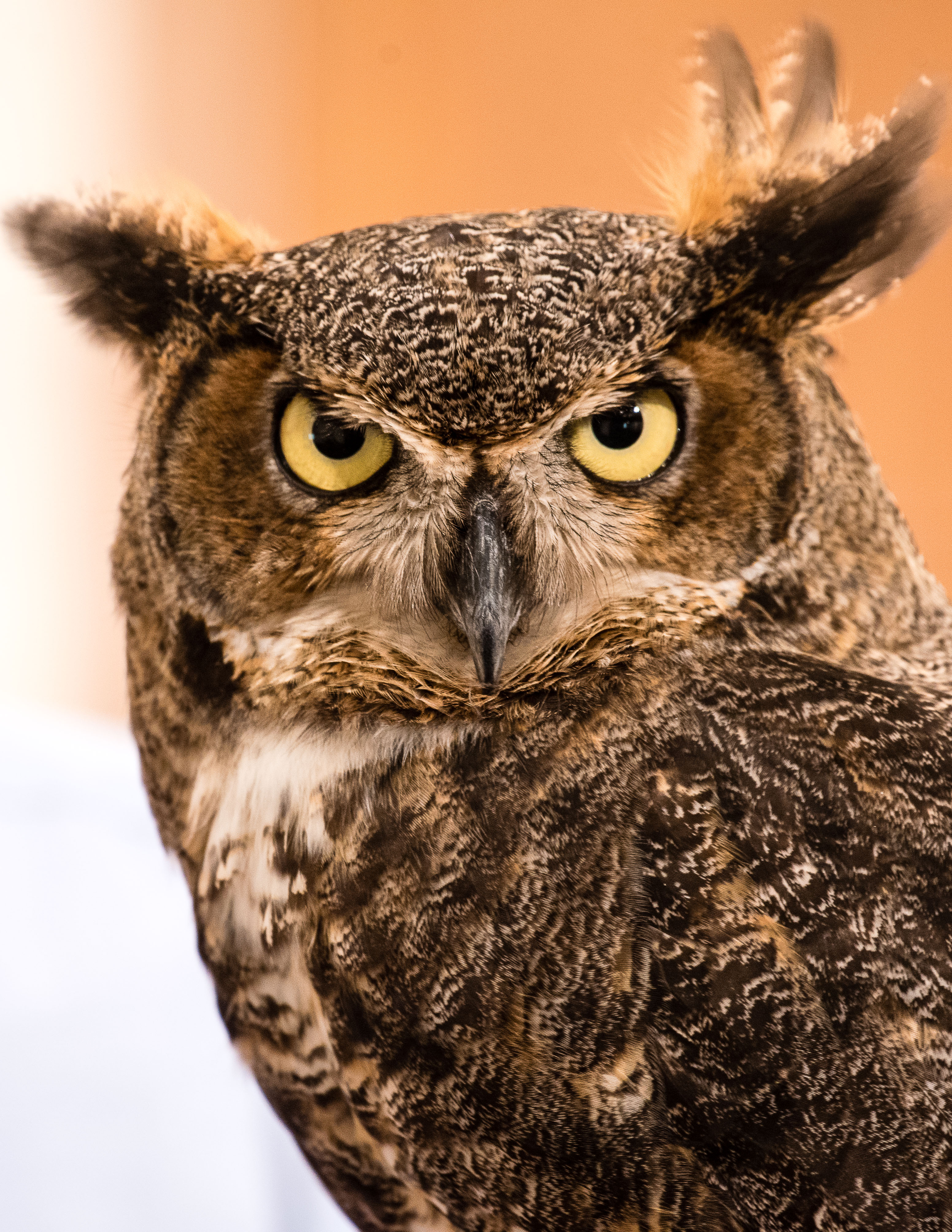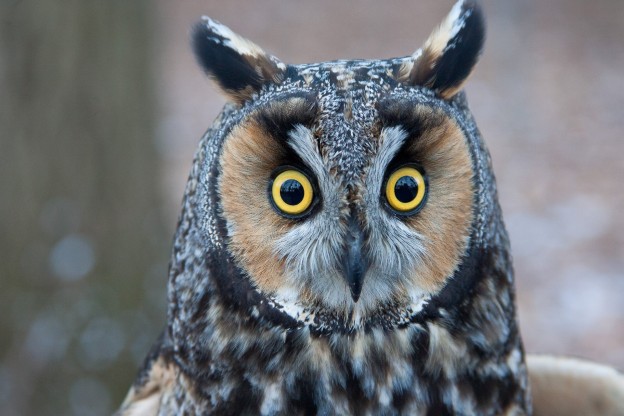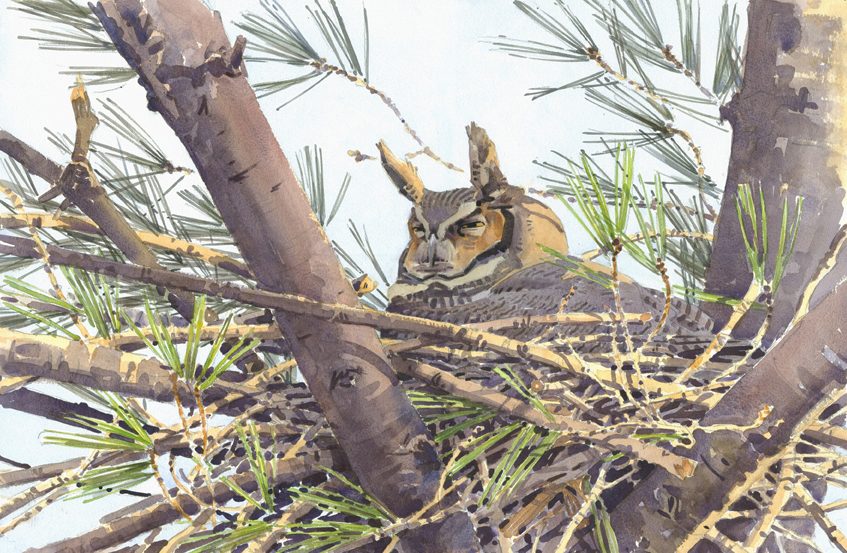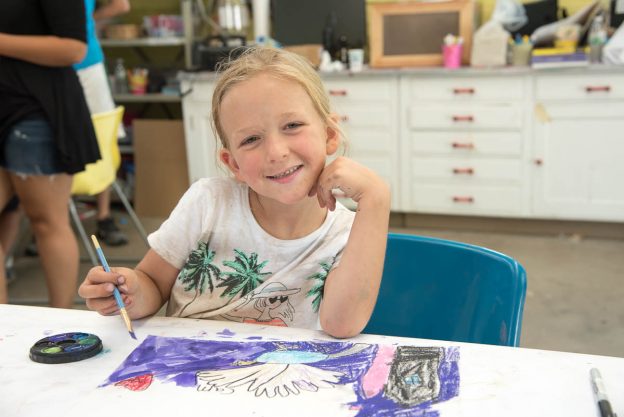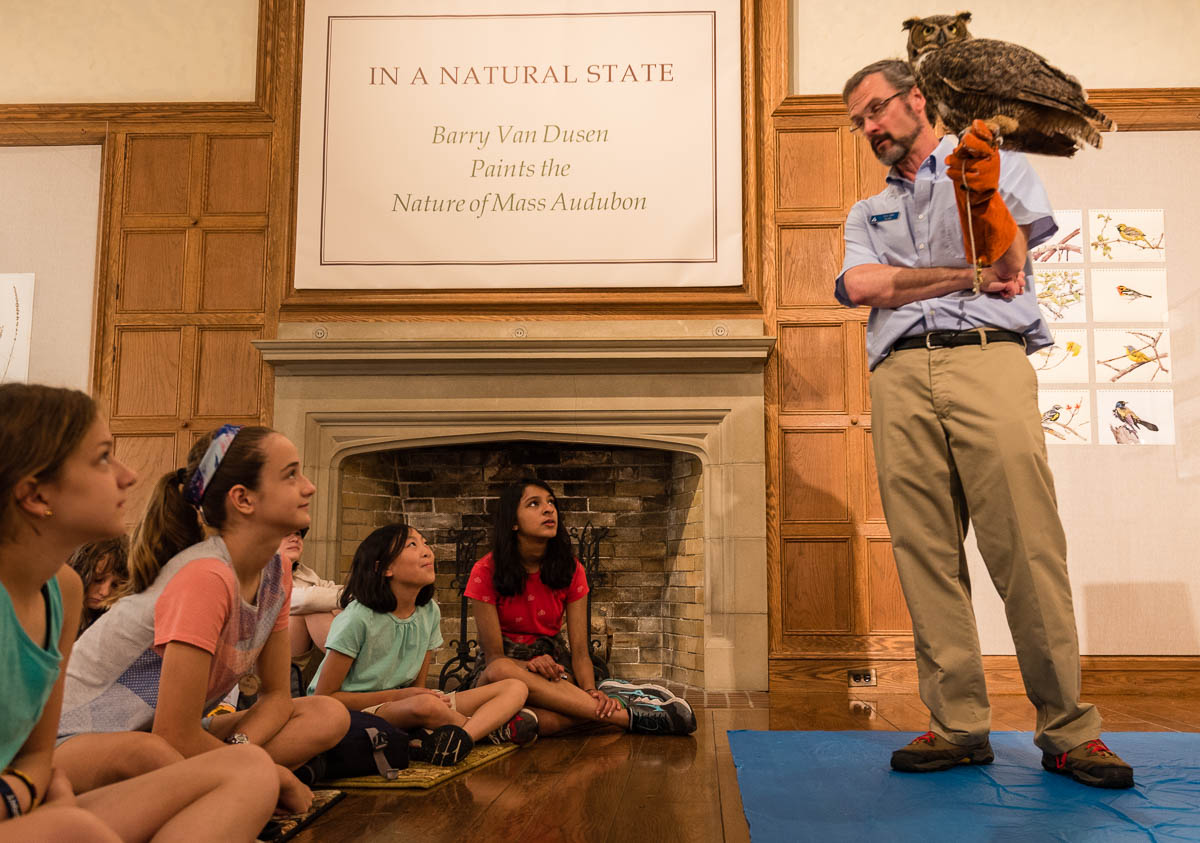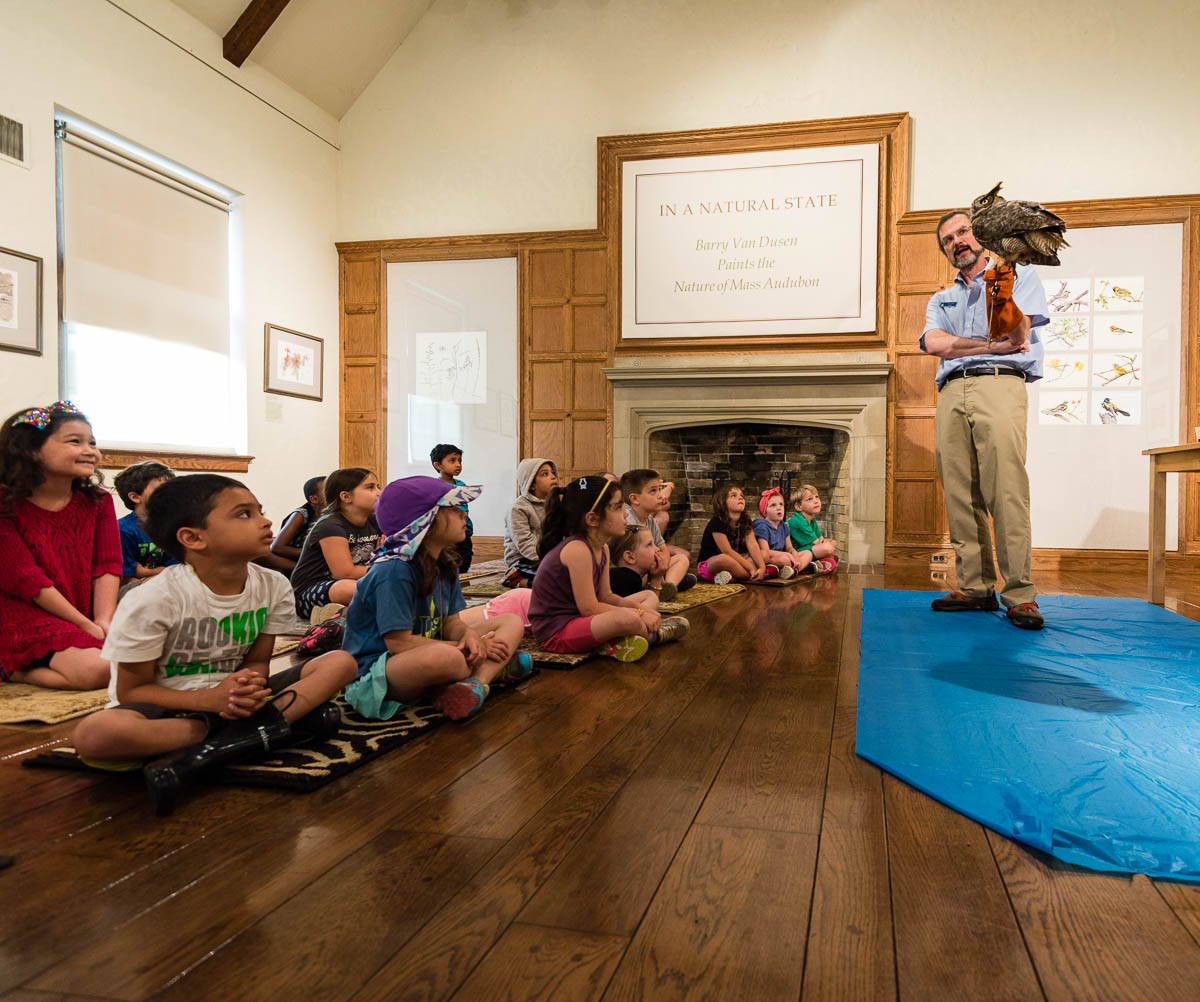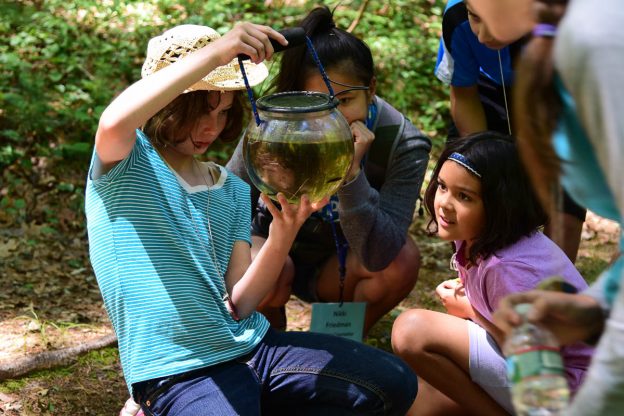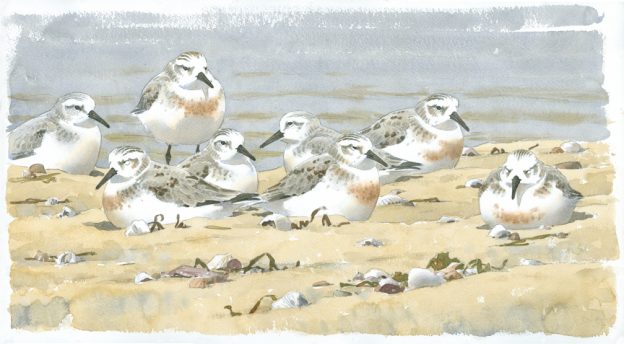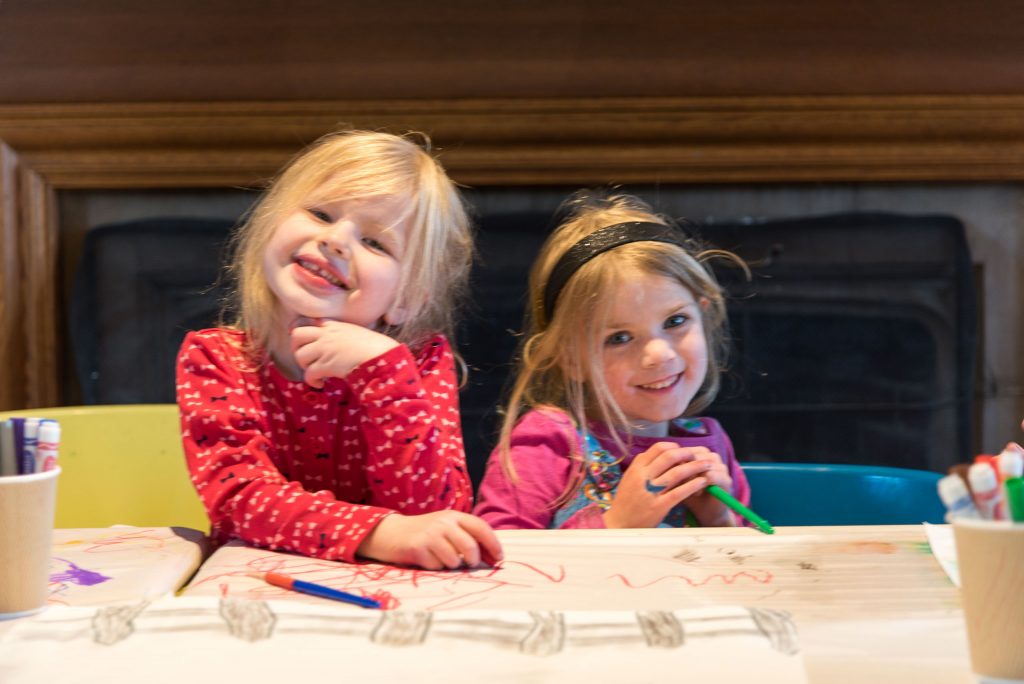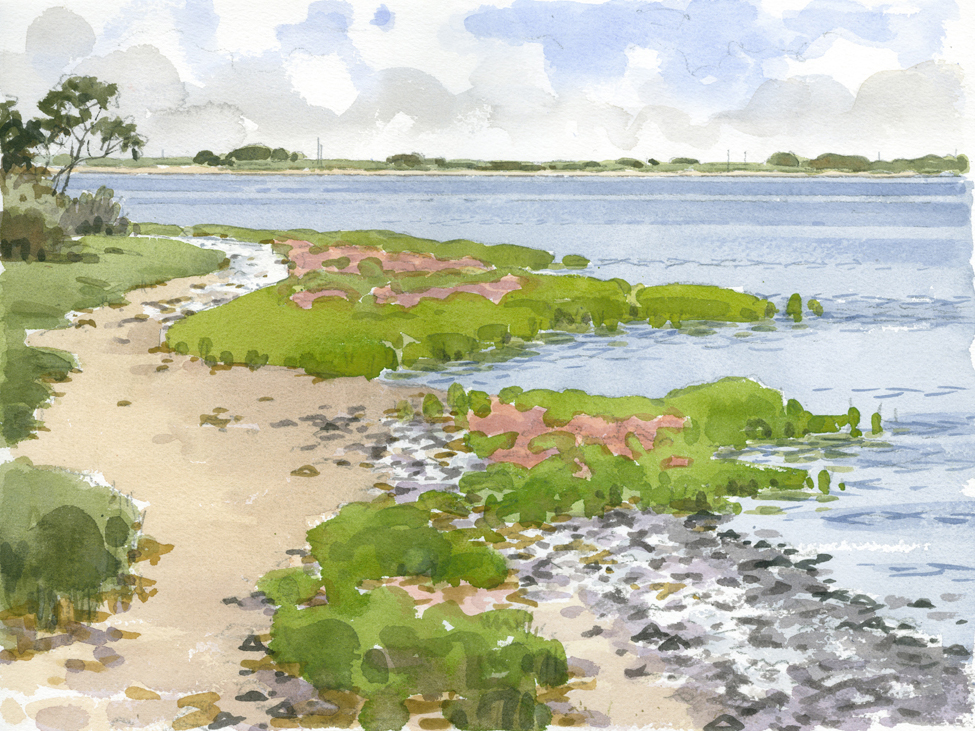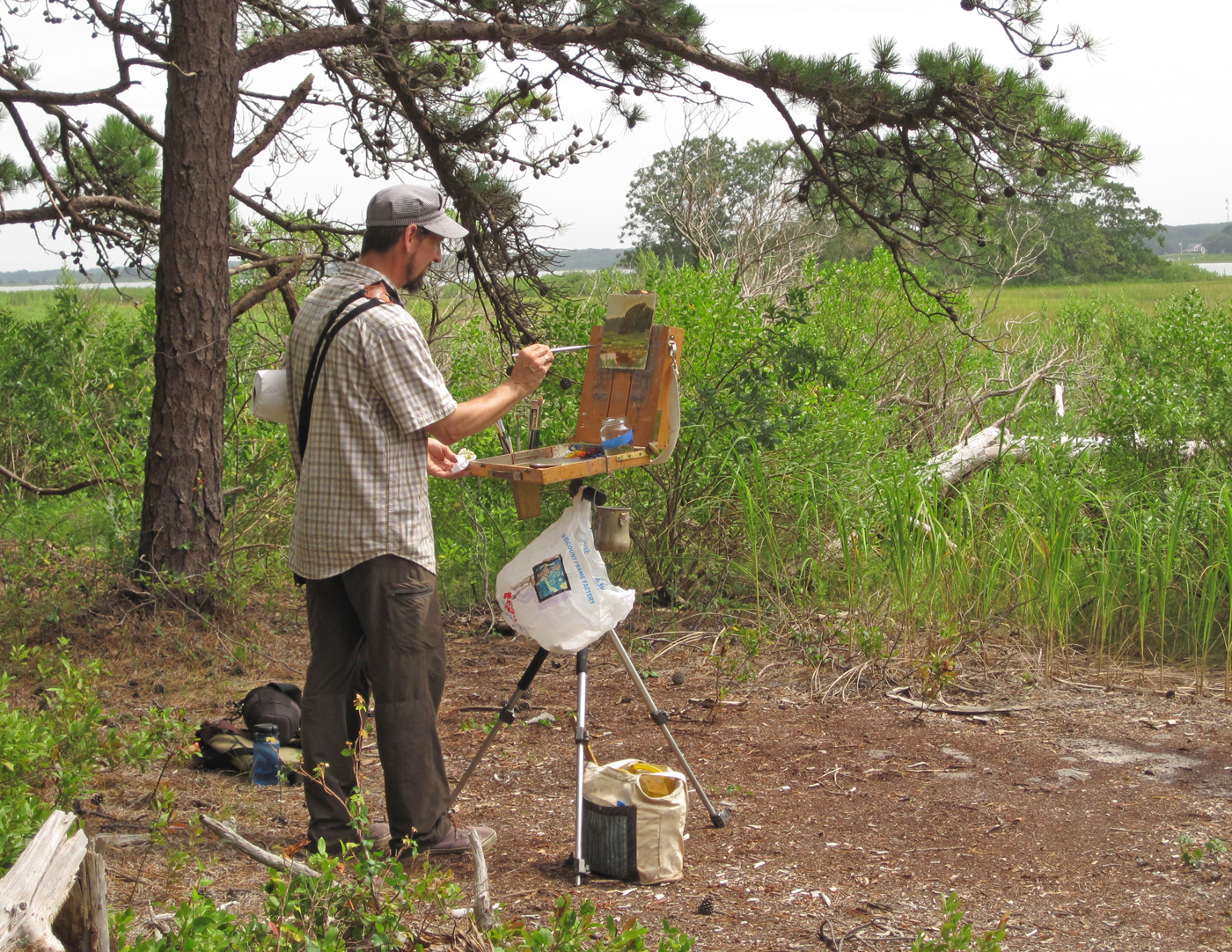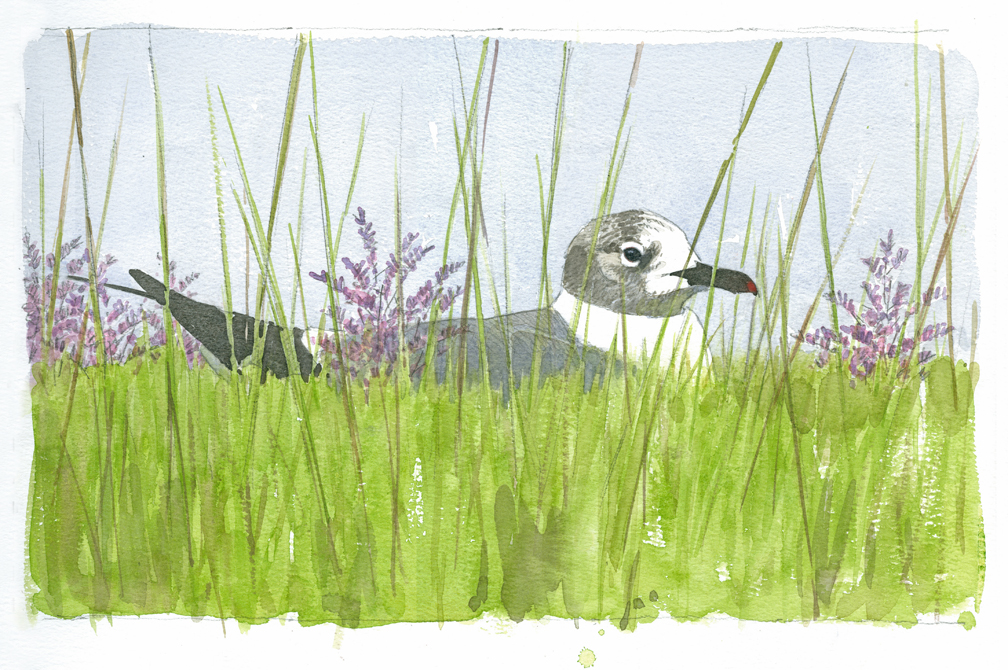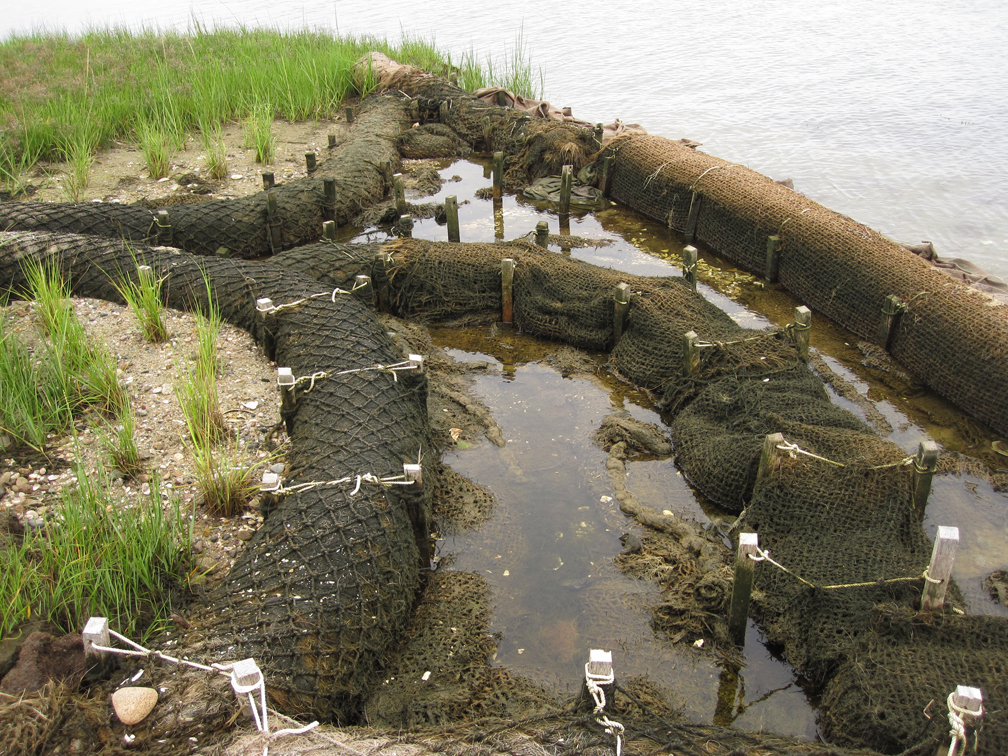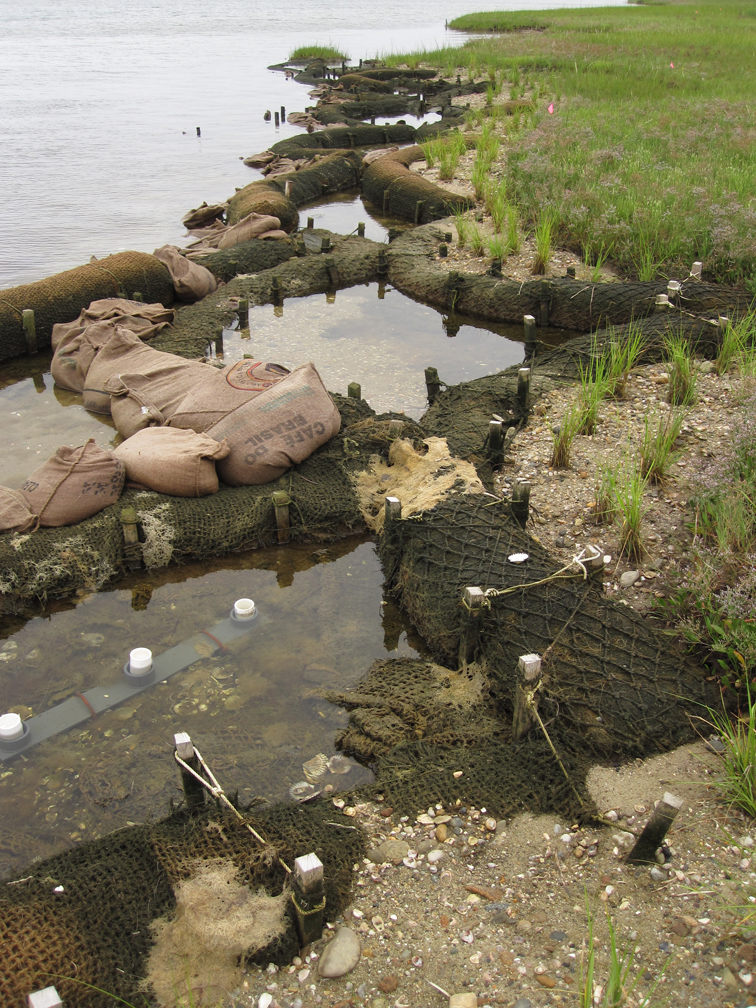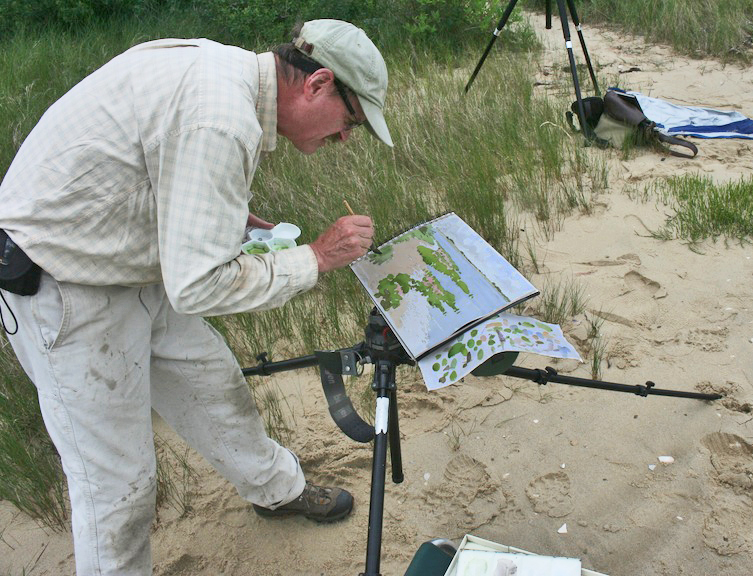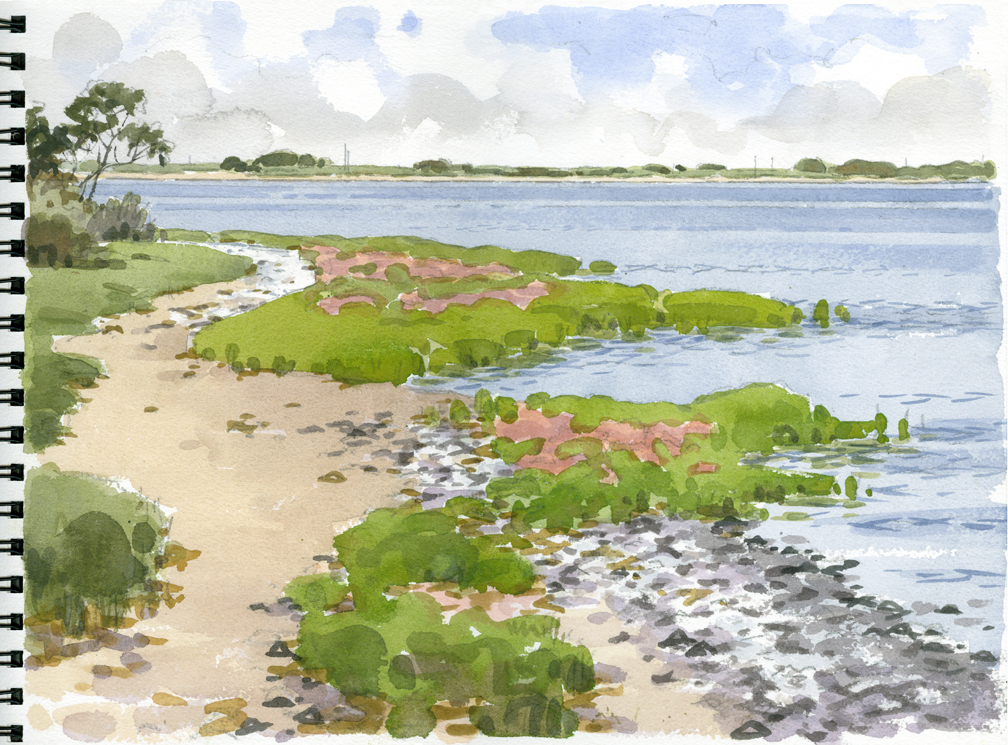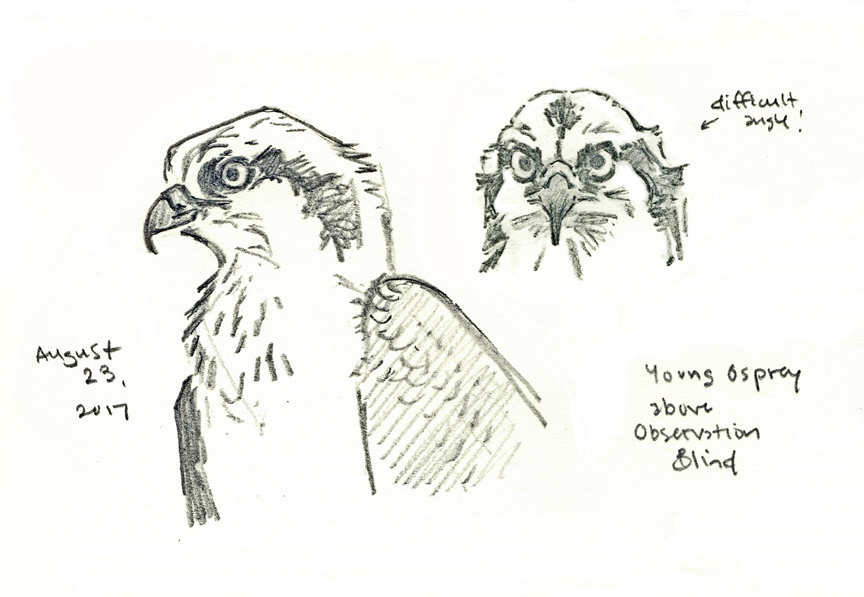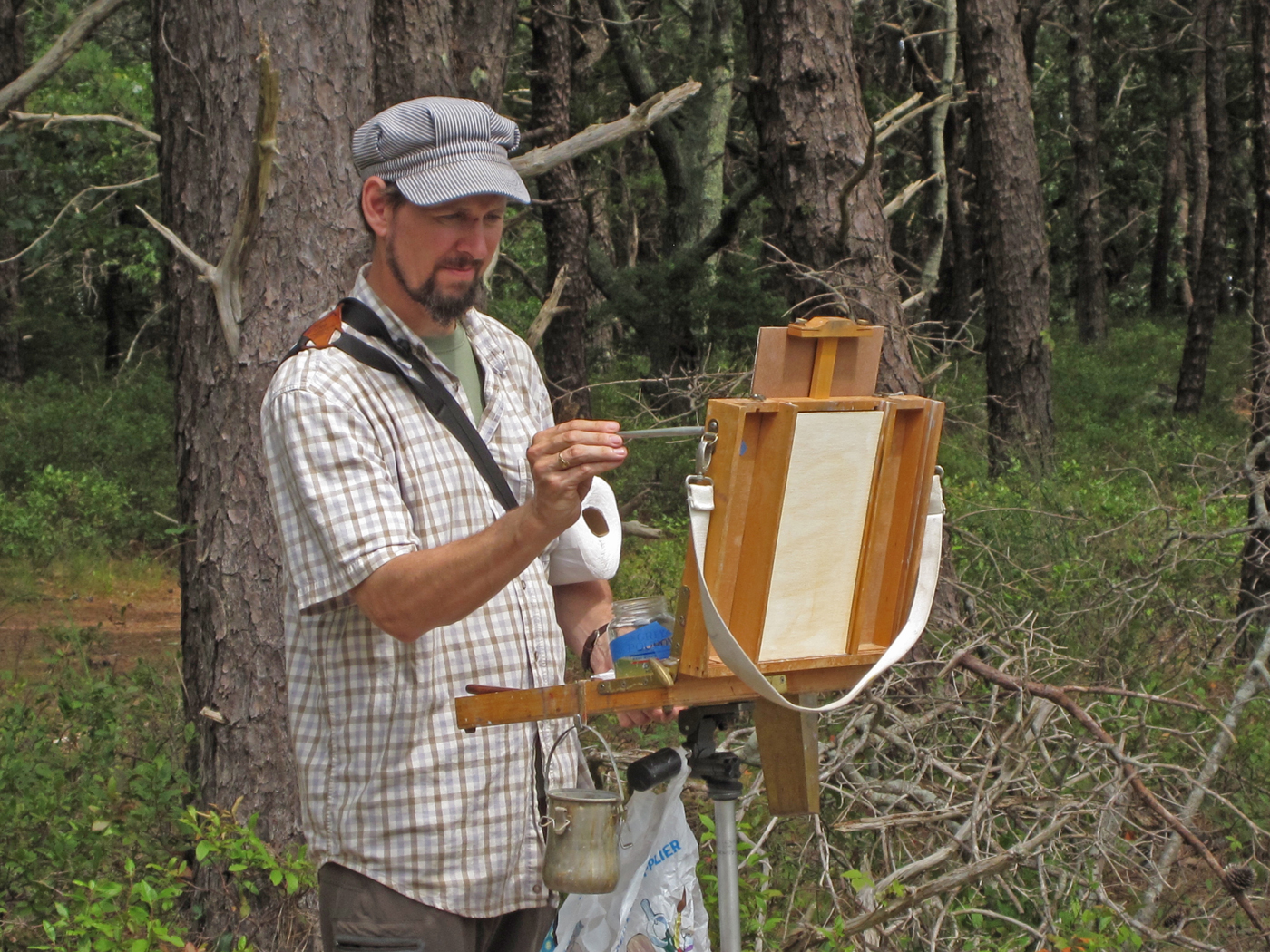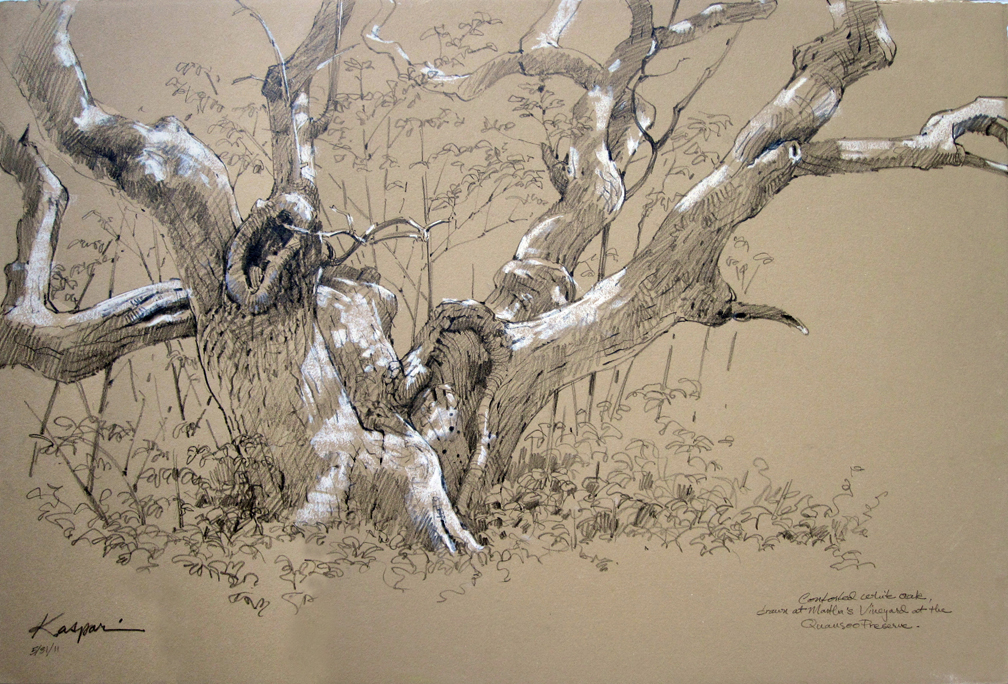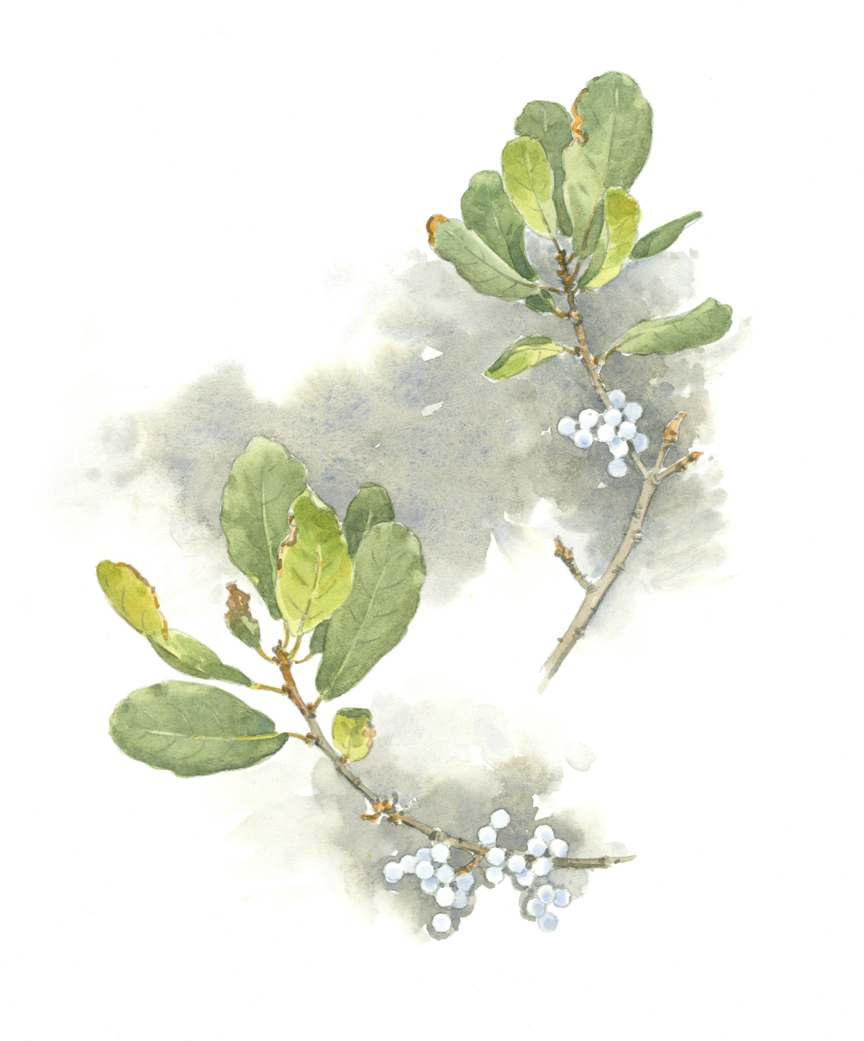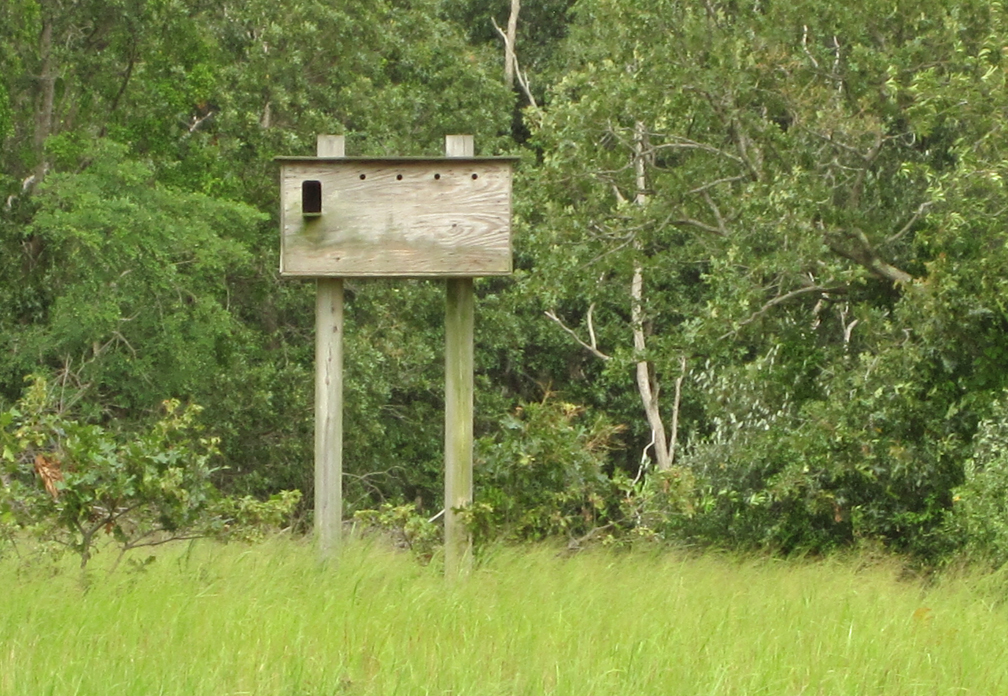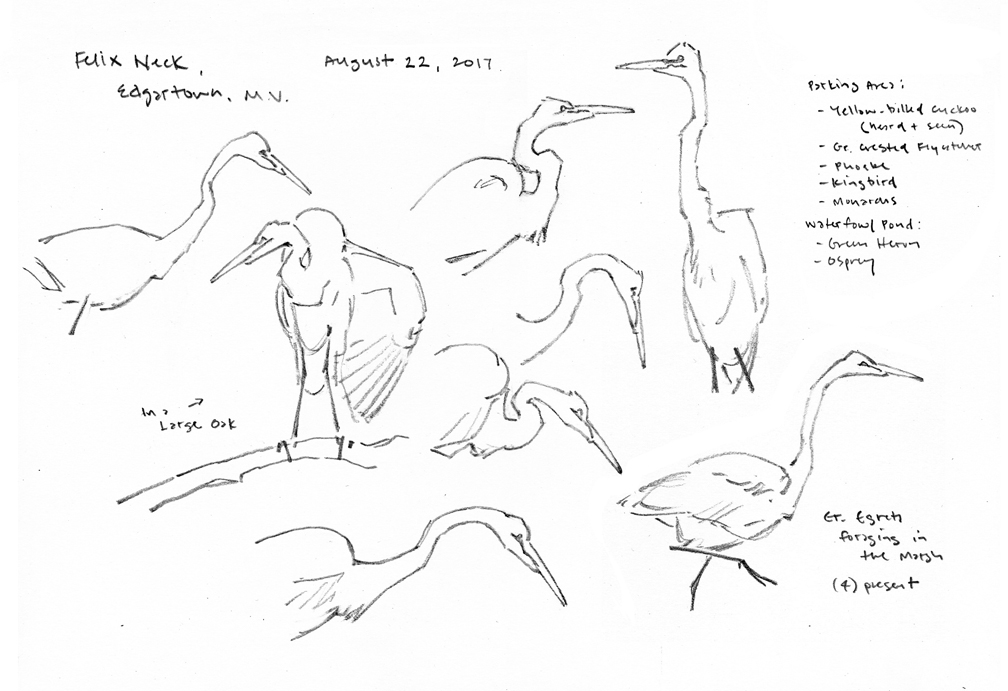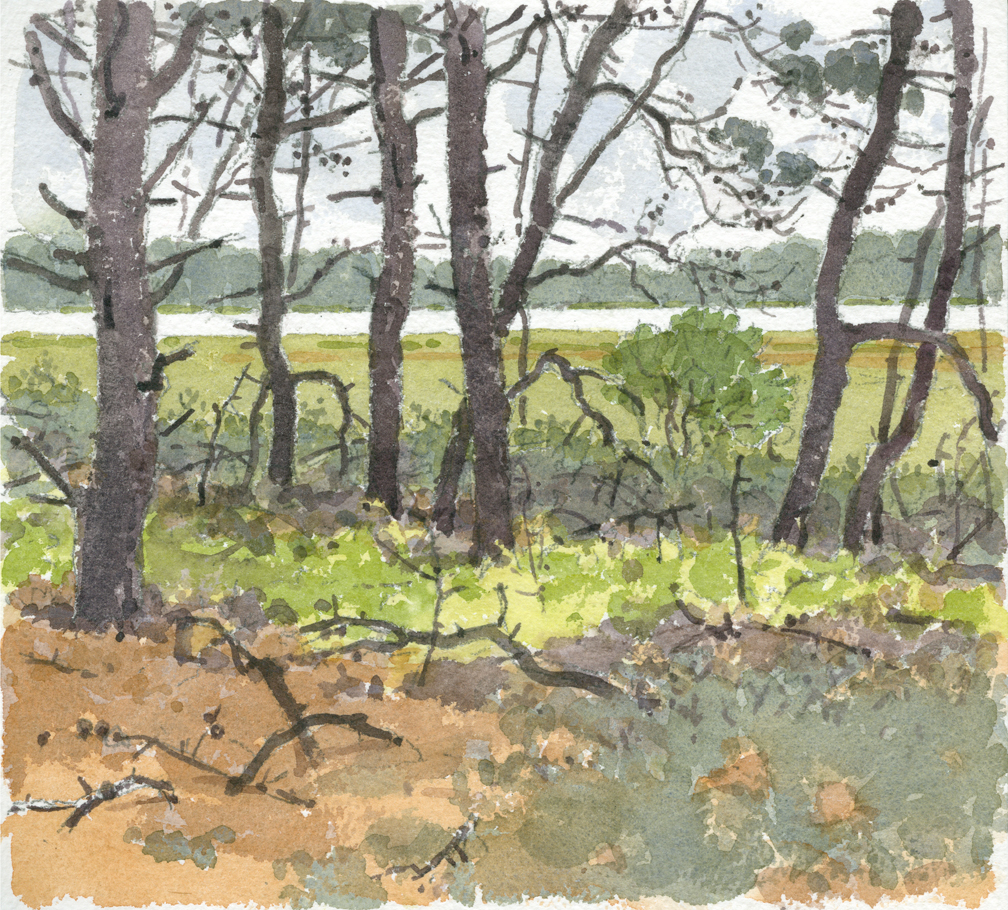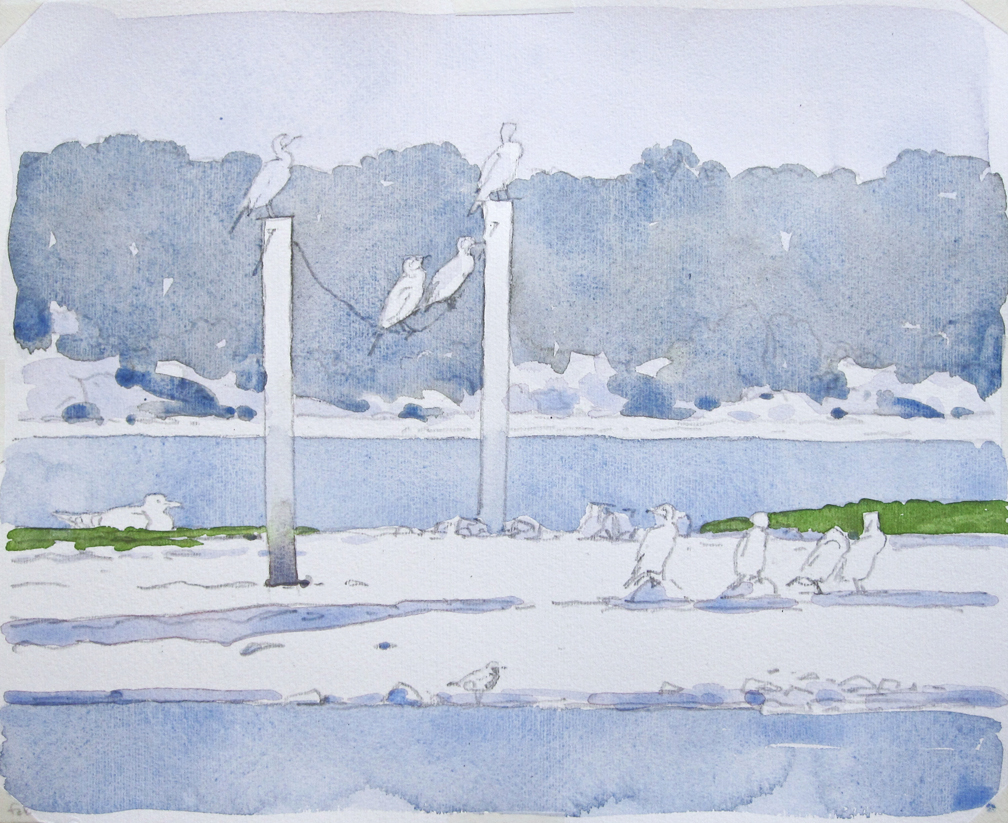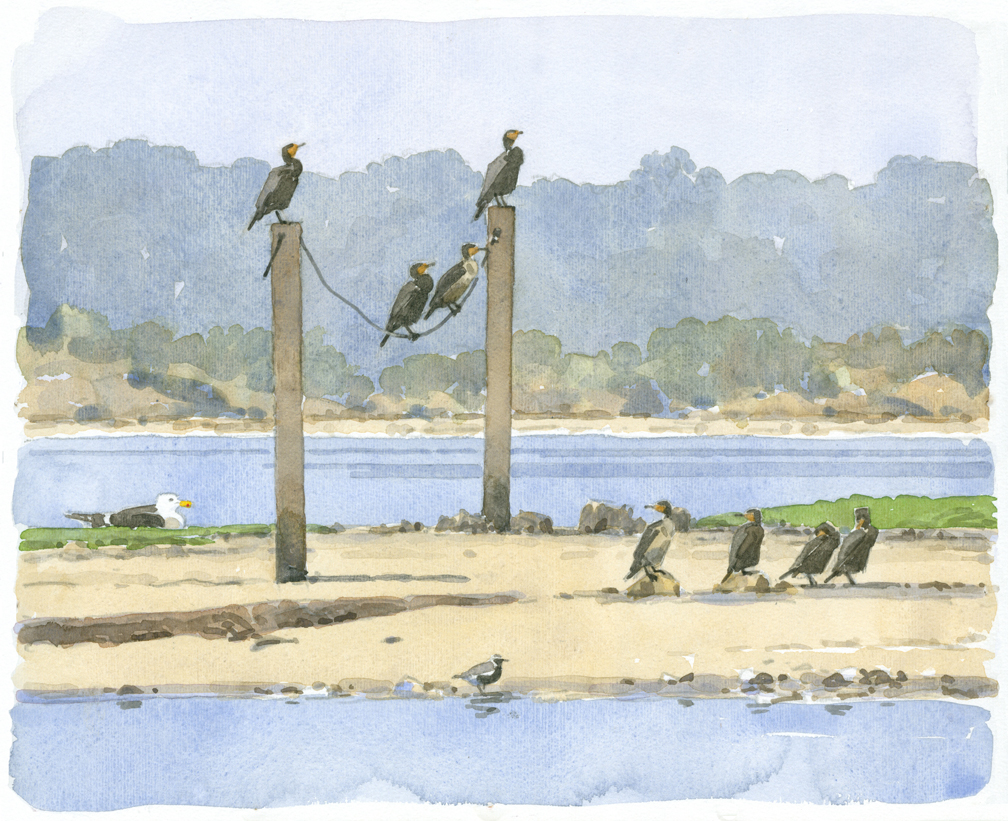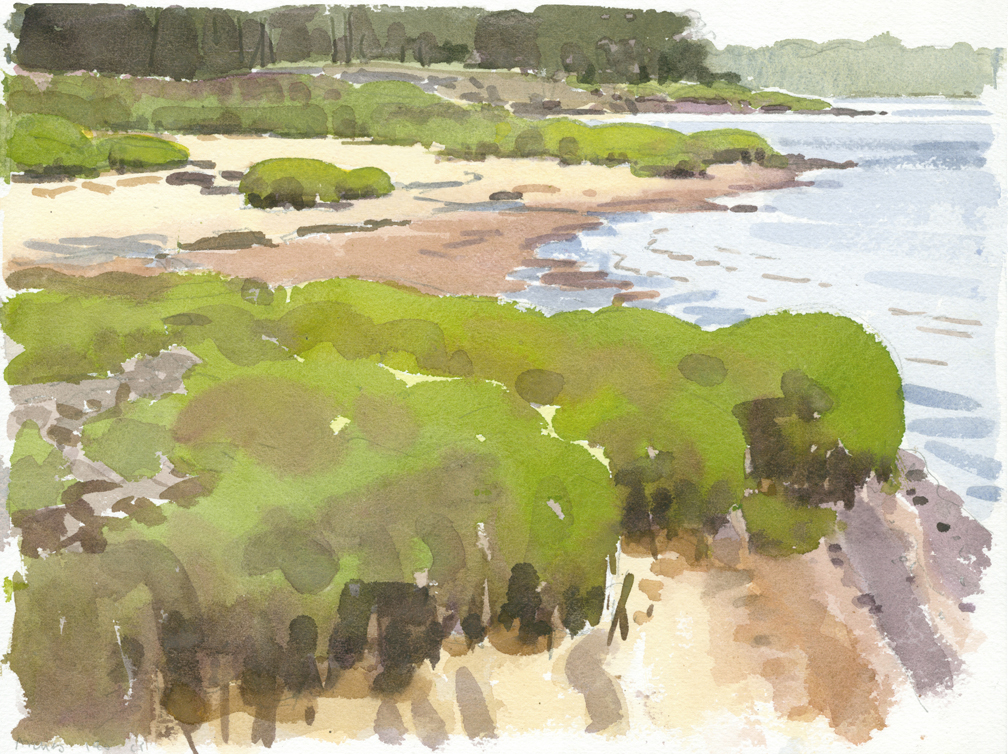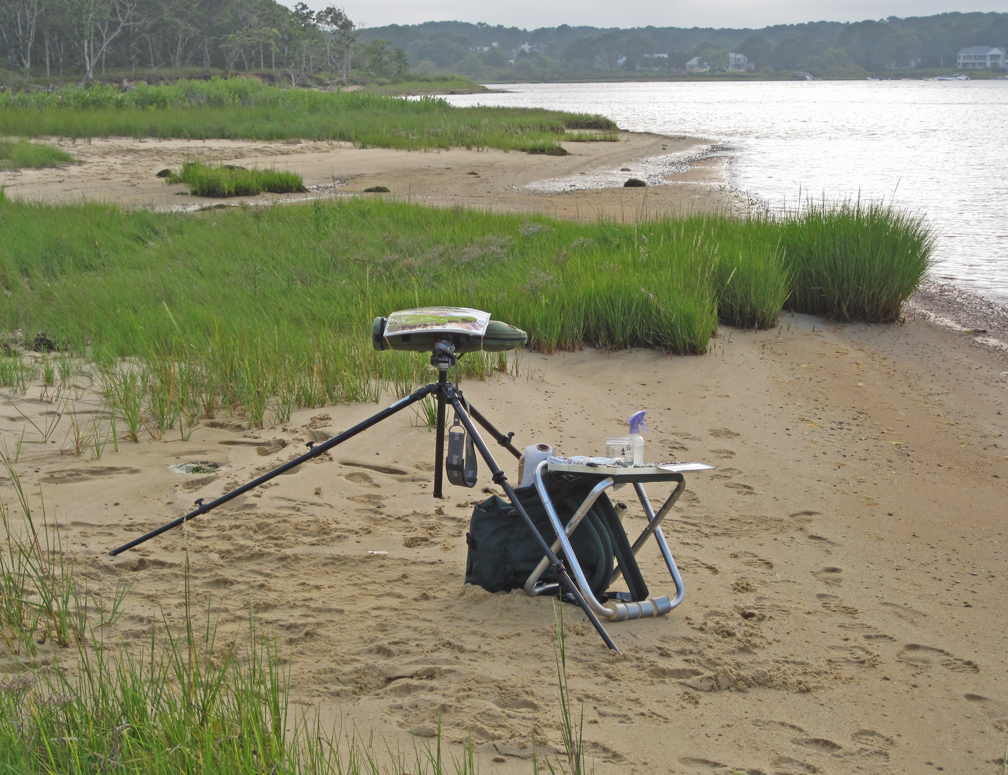August 24, 2017
Felix Neck Wildlife Sanctuary, Edgartown
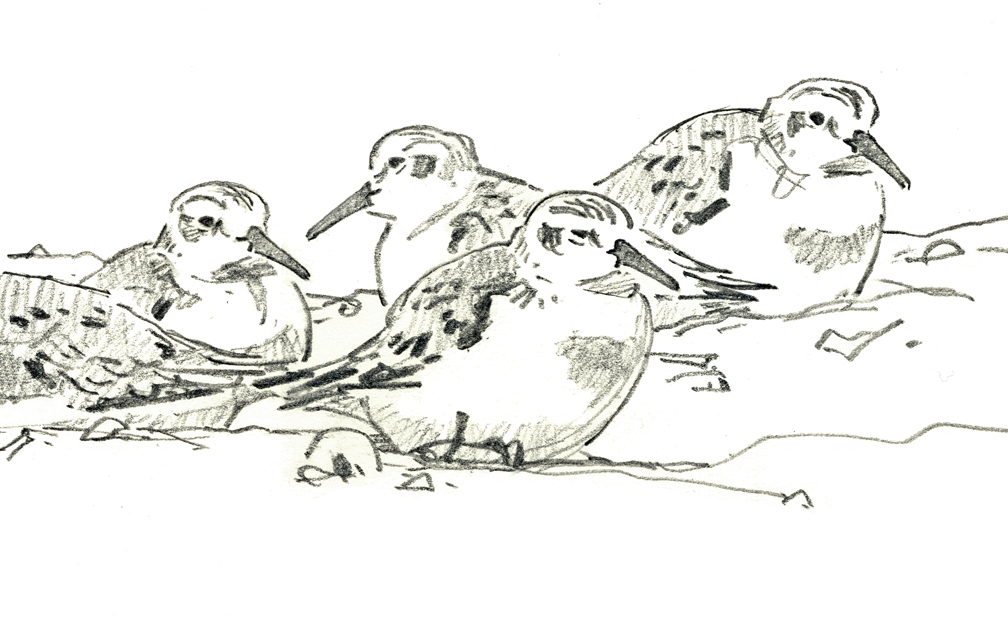
It’s my final day on Martha’s Vineyard, so I get up early, say my good-byes to the Murtha’s, and head out for another day’s work. Hoping to get better (i.e. closer) looks at some of the shorebirds I had seen at Felix Neck, I drive to the Joseph Silvia State Beach, which lies just across Sengekontacket Pond from the sanctuary. This is a popular tourist spot, but I arrive early and find a place to park near “The Jaws Bridge”.
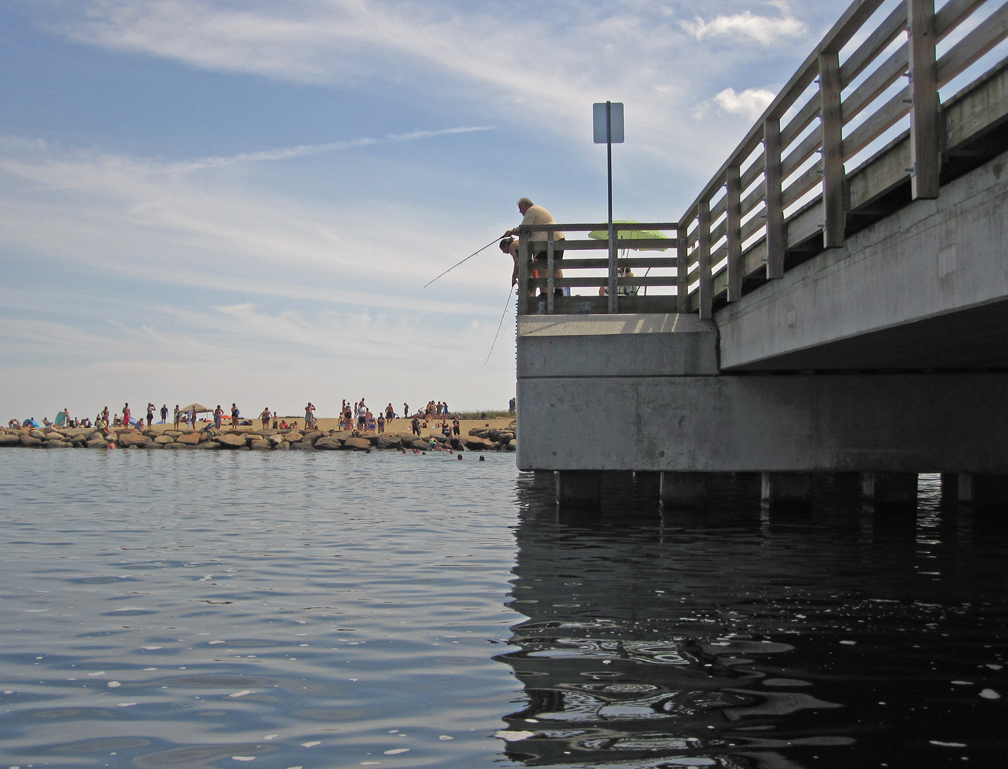
The JAWS Bridge
This bridge connects the north and south sections of the State Beach, and spans a breach that allows the ocean waters to flow in and out of Sengekontacket Pond. Felix Neck Wildlife Sanctuary is just across the pond, and Sarson’s Island is closer from this vantage.
I scope the Island and see the same enticing selection of birds I had seen from Felix Neck, but they are still abit too far away for meaningful drawing. Luckily, there are also shorebirds on the near shore, and with binoculars I pick out oystercatchers, turnstones, dowitchers, black-bellied plovers, yellowlegs, willets and one stilt sandpiper.
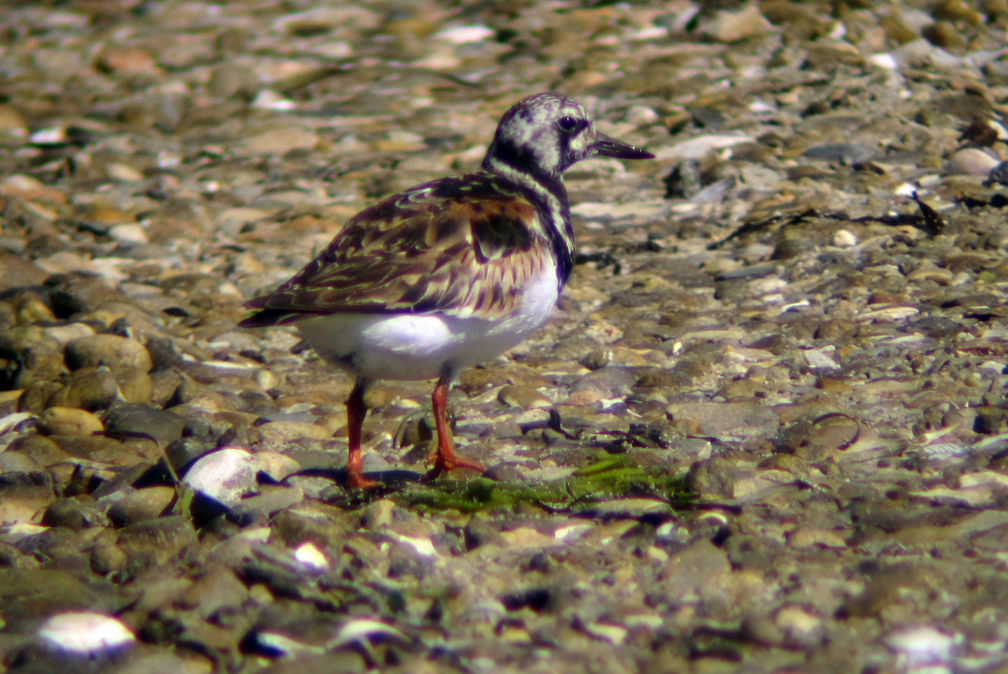
Ruddy Turnstone
To get closer to these birds, I hike north up the shore of the Pond. It’s nearly high tide, and the sun is at my back – favorable conditions for field sketching!
The oystercatchers are wary. Although I got a close look at the crippled bird two days ago at Felix Neck, these healthy birds are keeping me at a distance. (Later I learned that wariness is a widely recognized attribute of this species.) Realizing that I’m as close as they will allow, I set up my scope and work from afar – make some smaller drawings in my sketchbook.

The elusiveness of the oystercatchers, while frustrating, will not prevent me from painting them later. My time observing these birds has left me with some strong impression and firm mental images that I can carry with me back to the studio…
Here’s a large watercolor painted in my studio after my return from the island.
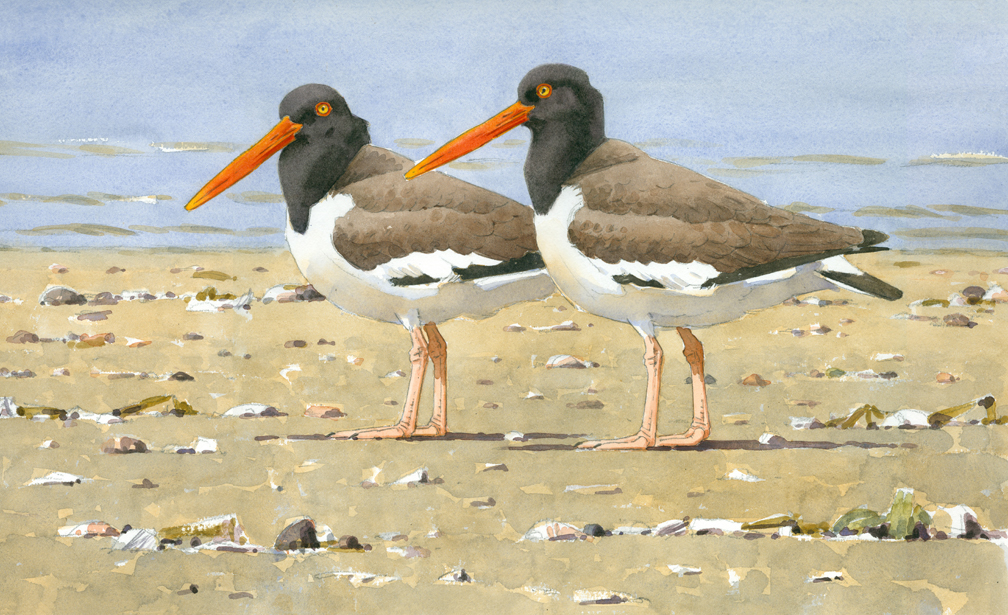
American Oystercatchers on Martha’s Vineyard, watercolor on Arches coldpress, 14″ x 22.5″
Oystercatchers really are ODD birds, and I wanted to capture their strangeness in this portrait. The strong legs and feet of these birds are especially expressive – there’s nothing delicate about them. In color and in form, they remind me of bubble gum fresh out of the wrapper!
And here’s another odd feature of these birds: when I have had opportunities to observe them at close range, I have noticed that some of the birds have a lop-sided or irregularly shaped pupil.

detail showing eye fleck
Checking on-line, I found references to “eye flecks” in American Oystercatchers, caused by areas of black pigmentation on the bird’s iris. Even more interesting was a recent study that indicates a link between eye flecks and sex. Birds with eye flecks are usually females! Male and female oystercatchers are difficult to tell apart, and this feature may be useful for determining the sex of these birds in the field. Presumably, my painting shows a male on the left, and a female – with an eye fleck – on the right.
Thankfully, some of the other shorebirds at the state beach are more cooperative for field sketching. A turnstone and a willet allow close approach, but more alluring to me is a small, tight flock of sanderlings, settling down to wait out the high tide at the water’s edge. The seven or eight birds are all adults, in various stages of molt.
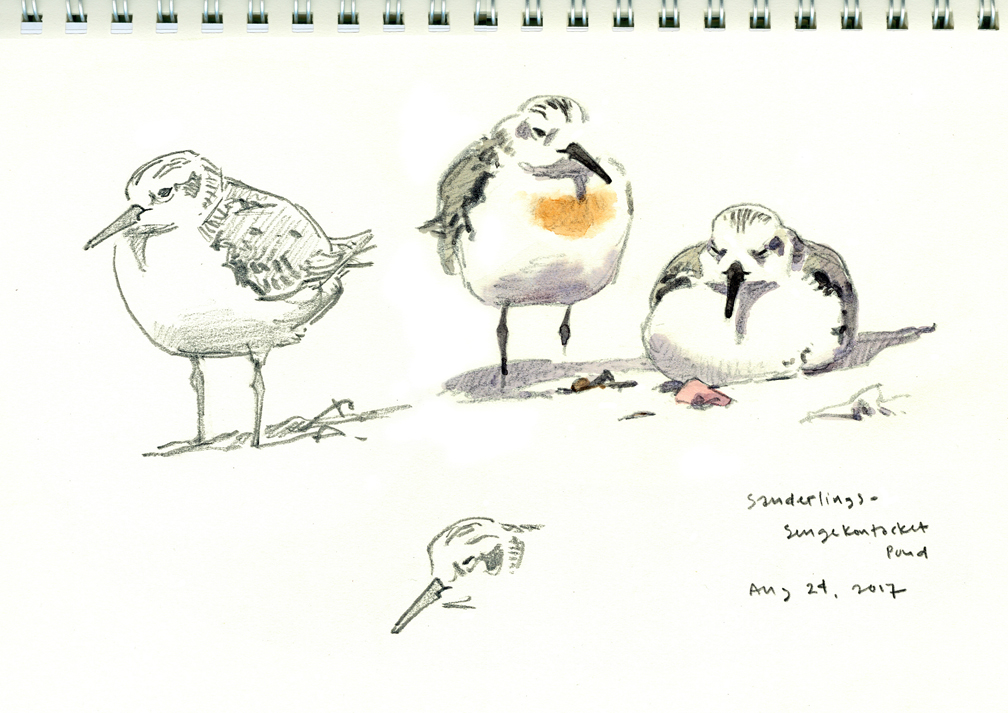
Sketchbook studies of sanderlings, pencil and watercolor, 9″ x 12″
Some have nearly completed their transition into winter plumage and their upperparts sport the overall pearly gray tones of winter. Others show dark patches of summer plumage mixed in with the newly emerging winter feathers, giving them a rather motley, unkempt aspect. On the heads and breasts of some birds are patches of rust– also a remnant of their breeding dress. In winter, sanderlings are the palest of our shorebirds, and some of these birds have gleaming white heads and snowy white breasts and undersides. I revel in these variations and get to work recording them in my sketchbook.

Sketchbook studies of sanderlings, pencil, 9″ x 12″
This sketchbook page of the sanderling flock is deceiving – the birds look serene and settled. In fact, the birds were continually in motion – standing up or sitting down, or shifting positions in an intricate game of musical chairs. Drawing the group required a good deal of patience and improvisation, the arrangement owing more to serendipity than to calculation and planning.
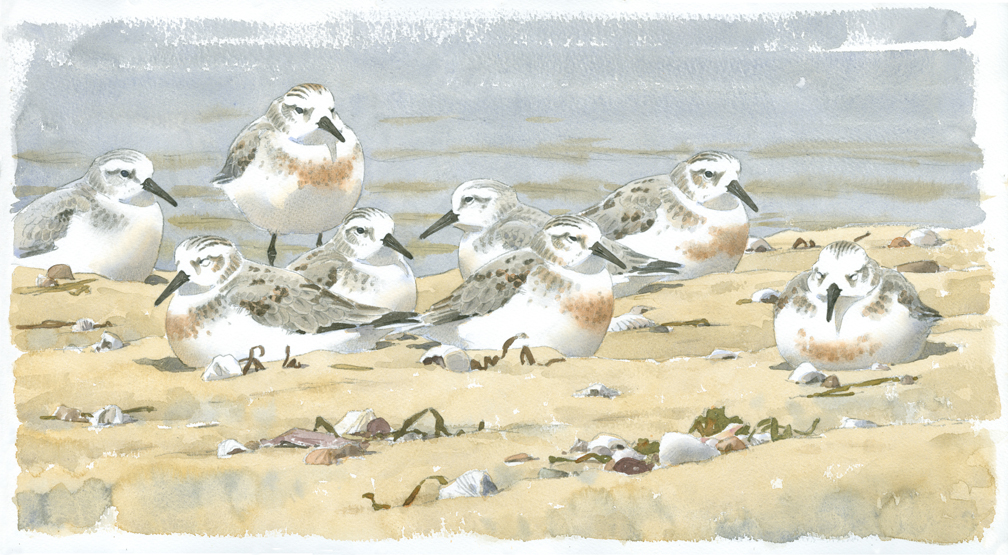
Late Summer Sanderlings, watercolor on Winsor & Newton coldpress, 12.5″ x 22.5″
My studio painting of the scene is more deliberately conceived and composed, but you can easily pick out all the poses I had recorded in my sketchbook. I’ve tried to show the variations in plumage I observed at the State Beach. Can you find the two birds that have molted completely into their winter plumage?

detail
This is what I would characterize as a “high key” painting. Most of the painting is composed of values in the lighter end of the value range, with just a sprinkling of the darkest values. I wanted to convey the light-filled environment of a sandy beach in summer. The darkest accents are the bird’s bills and eyes, which form a repeated rhythm across the middle of the composition.
With such good models to work with at the State Beach, the morning passes quickly and it’s soon time for lunch, which I enjoy on the breakwater next to the Jaws Bridge – my feet dangling in the clear ocean water while jellyfish float by on the tide.
Driving through Tisbury on my way to the ferry, I stop to use a restroom at the town library. As I walk through the butterfly gardens around the front entrance, I am distracted by a flurry of motion.

Sketchbook page of Monarchs, pencil and watercolor, 9″ x 12″
On one liatris plant, I count eight Monarch butterflies – a phenomenal concentration of these handsome migratory insects, whose populations have been down in recent years. There’s just time enough to do some sketches before I leave to catch the ferry at Vineyard Haven.
From the upper deck of the Woods Hole boat, I watch Martha’s Vineyard receding on the horizon. I sit back and reflect on my travels over the past two and a half years, visiting all 57 of Mass Audubon’s public properties. In that time, I’ve accumulated a wealth of experiences and impressions – some recorded in my watercolors, sketchbooks and blog journal, and others preserved as indelible memories.
I hope you’ve enjoyed following my travels around Massachusetts, and to YOU READERS – my sincere THANKS for your attention and words of encouragement! With the completion of my sanctuary visits, the purpose of this blog has been realized, and my postings will become less regular and less frequent in the months ahead, but I will, from time to time, post updates when they relate to the residency project. PLEASE STAY TUNED!
With the project completed, I will NOT stop visiting Mass Audubon sanctuaries – there is still so much more to observe and enjoy! Maybe I’ll meet you on a sanctuary trail someday soon…
